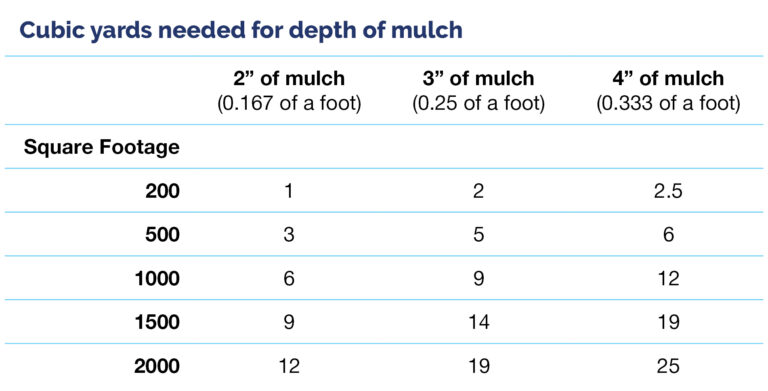How Mulch Can Help You Save Water And Money
(Posted March 24, 2021) We’ve been sharing tips on social media and in our recent News story about easy ways that you and your family can help conserve water. Not only is this good for the environment and the community, but it saves you money on your water bill too.
One of our top tips is to apply mulch outdoors to retain moisture and prevent soil erosion. As we move from winter to spring, this is a particularly useful tip. For those of you less familiar with mulch, let’s discuss the benefits and how to make use of mulch in your landscaping.
Benefits of mulch
- Mulch improves the quality of your soil by breaking up clay and allowing better water and air movement through the soil. Mulch provides nutrients to sandy soil and improves its ability to hold water.
- Mulching is essential to the survival of your landscape during a drought. Mulch will reduce the amount of water that evaporates from your soil, greatly reducing your need to water your plants.
- Mulch acts as an insulating layer on top of soil, keeping it cooler in the summer. Roots like that!
- Mulch keeps weeds down, and the weeds that do grow are much easier to pull. Gardeners like that!
How to use mulch
- Before applying mulch, remove weeds and water thoroughly. This will help you get the most benefit from your new mulch.
- Replace the grass under trees with mulch to minimize competition for water and nutrients. This mimics the way trees grow in nature.
- Keep mulch 6-to-12 inches away from the base of trees and shrubs.
- Apply 2-to-4 inches of mulch in all planting areas. Finer mulches (sized a half-inch or smaller) should be applied no more than 2 inches deep. Courses mulches, such as large bark chips, can be applied 4 inches deep.
Shopping for mulch
Mulch is available by the bag or in bulk at various suppliers in the area, and there may be a rebate for mulch purchases through the North Marin Water District Water Smart Landscape Rebate Program (call 415-761-8944 for details). Bulk mulch is measured in cubic yards. You can calculate the volume of mulch you need by multiplying the area (in square feet) by the depth (fraction of foot, not inches), then dividing by 27.
Example:
200 square feet ✖ 0.250 (3” as fraction of foot) ➗ 27 = 2 cubic yards
An area that’s 200 square feet and 3” deep will require 2 cubic yards of mulch.
The following table will guide you:

We hope you enjoy the protecting, insulating, and moisture-retaining benefits of mulch this spring and beyond!